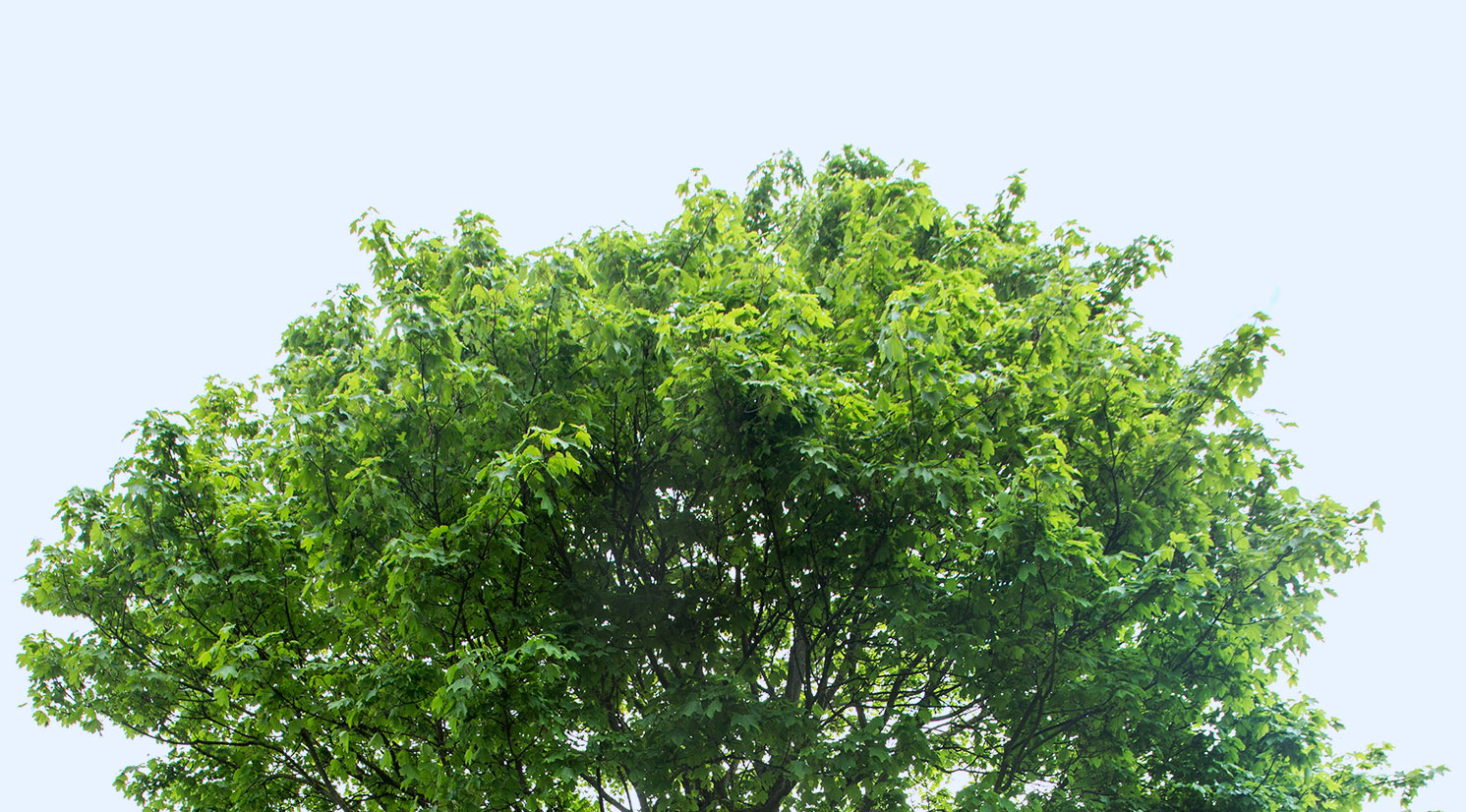Written by Holly Latteman, Science & Conservation Manager
You might be asking yourself, “What is a seed bank?” Well, a seed bank is used to store seeds to then preserve genetic diversity for future needs. The Dawes Arboretum’s Sustainable Seed Bank has been a key part of the work for the Science and Conservation team for over 10 years. Each year we collect hundreds of thousands of seeds with the goal of saving species from extinction. We use these collected seeds for growing in our nursery to have in our collections, restorations and plant sale. The collection of the seed is also used to share with the public and with other gardens around the world through our index seminum, or seed index . We have shared over 132 species of seeds with over 28 countries. These small quantities of seed ensure that even common and abundant species are present in multiple locations to save the species from extinction.
Seed Banking looks different for different species. In general, the process looks like collecting, drying and processing the seed until it has reached a certain level of humidity then storing the seed in special foil bags that will be kept frozen until the seed is needed. Germination trials should be conducted every few years in order to ensure that the seed is still viable. Not all seeds can be banked in this manner, those seeds are called recalcitrant seeds. These seeds require special care in order to bank the seed, which involves extracting the embryo. Another way is to “bank” live collections of the species. For example, oak species cannot be traditionally seed banked. For this reason, The Arboretum is a part of the Global Oak Consortium in order to grow species of oak that are rare or endangered in their native ranges.
As climate change progresses on our planet and its effects are widespread, we need to collect and seed bank even the more common species. Pests and disease are unpredictable, especially with climate change. The most recent example of this is our ash tree, what was very common has now become more rare due to the emerald ash borer destroying many of the trees.


